1. George Washington Had Wooden Teeth
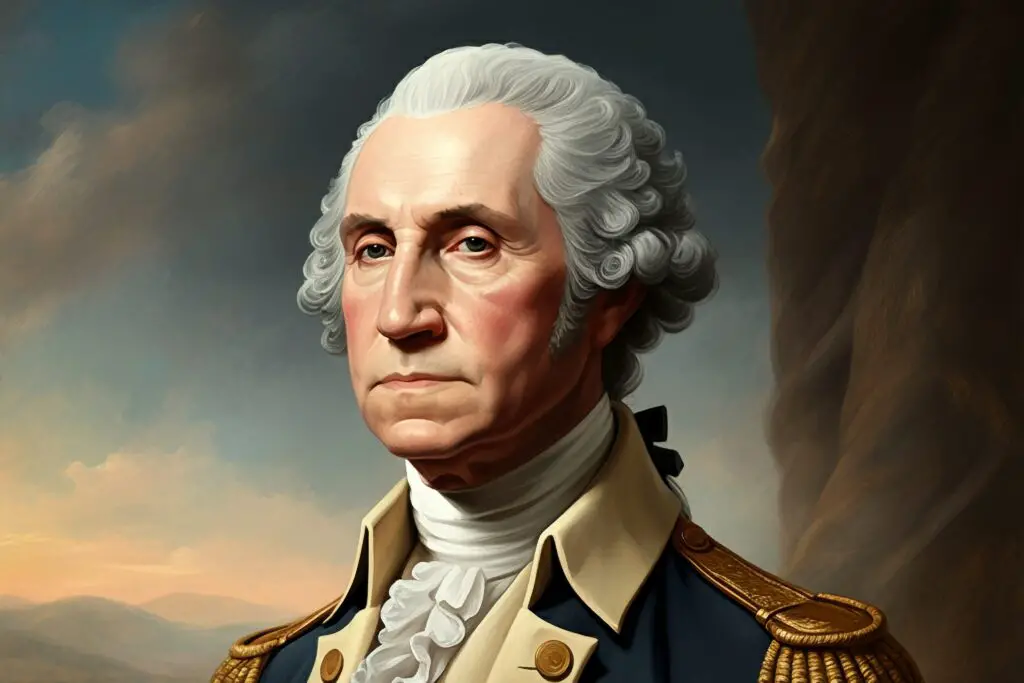
We all heard this one in elementary school, right? The image of our first president chomping on wooden dentures is oddly charming, but totally false. Washington did wear dentures, but they were made from materials like ivory, gold, and even human teeth. The myth likely came from the way his dentures became stained and looked wooden over time shares MSN.
He actually struggled with dental issues most of his adult life, losing his first tooth in his twenties. By the time he became president, he only had one natural tooth left. The dentures were uncomfortable and often distorted his face, which is why he rarely smiled in portraits. So while the truth is less whimsical, it’s a lot more human adds Smithsonian Magazine.
2. Columbus Discovered America
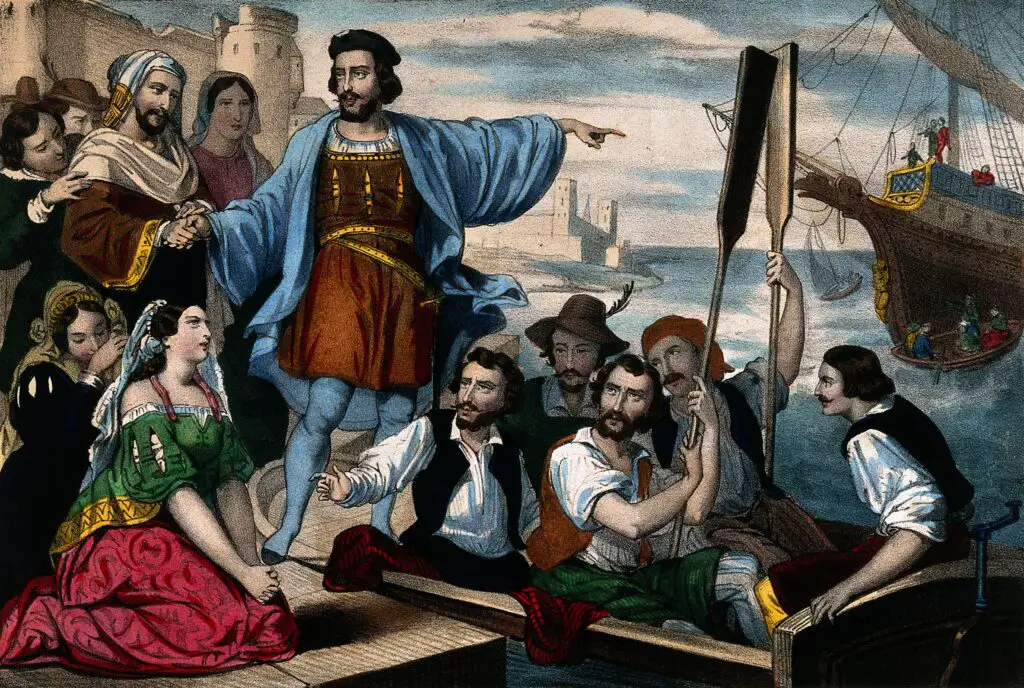
If you grew up singing “In 1492, Columbus sailed the ocean blue,” you probably thought he discovered America. But by the time he arrived, millions of Indigenous people had been living across the continent for centuries. Plus, Leif Erikson and other Norse explorers likely reached parts of North America about 500 years before Columbus says Biography.
Columbus never even stepped foot on what we now call the United States. He explored the Caribbean and parts of Central and South America. The idea of him “discovering” a place that was already very much inhabited has long been criticized. Today, many schools are shifting away from celebrating him and focusing more on Native American history adds Parade Magazine.
3. The Pilgrims Wore All Black and Had Buckles on Their Hats
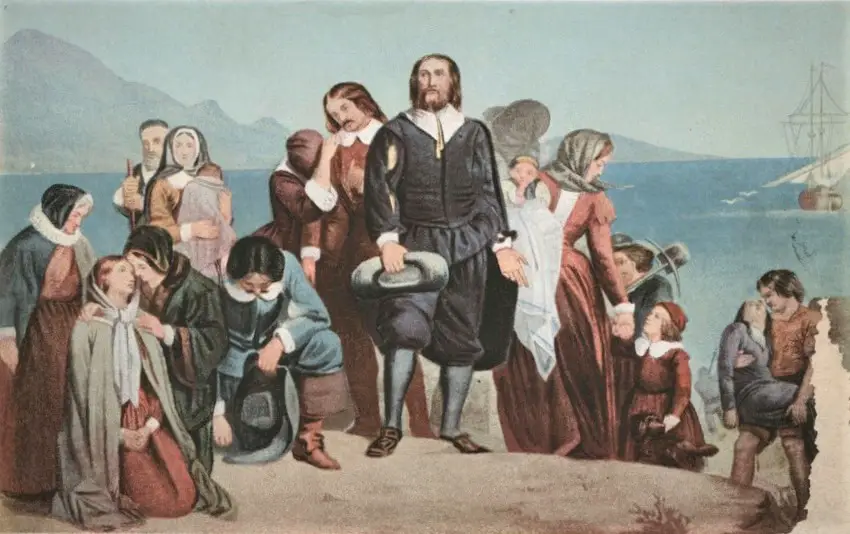
That traditional Thanksgiving image of somber Pilgrims in black clothes with shiny buckles? That’s more fashion fiction than historical fact. Pilgrims actually wore a range of colors including reds, greens, and browns. Black was saved for formal or religious occasions because dyeing clothes black was expensive.
And those big, shiny buckles? They weren’t a thing yet. Buckles didn’t become a fashion statement until decades later. Most Pilgrims wore simple leather fastenings or ties. The buckle look was a later invention by artists and advertisers trying to standardize the “Pilgrim look.”
4. The Declaration of Independence Was Signed on July 4th
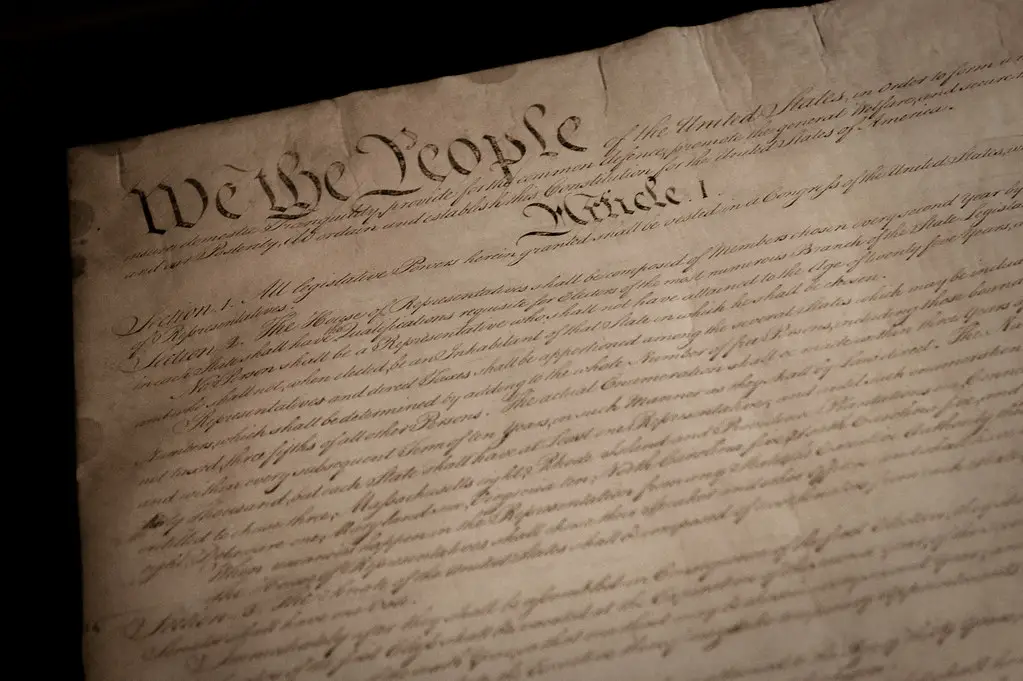
We all celebrate July 4th like it was the big signing day, but that’s not how it actually happened. The Declaration was adopted on July 4th, 1776, but it wasn’t signed until August 2nd and even later by some delegates. It was more of a rolling process than one dramatic event.
John Hancock and a few others signed it first, and others trickled in over weeks. The idea that they all gathered in one place and signed it together is more dramatic than accurate. Still, July 4th remains our official birthday as a nation. Sometimes we just like a good symbolic date.
5. Betsy Ross Designed the First American Flag
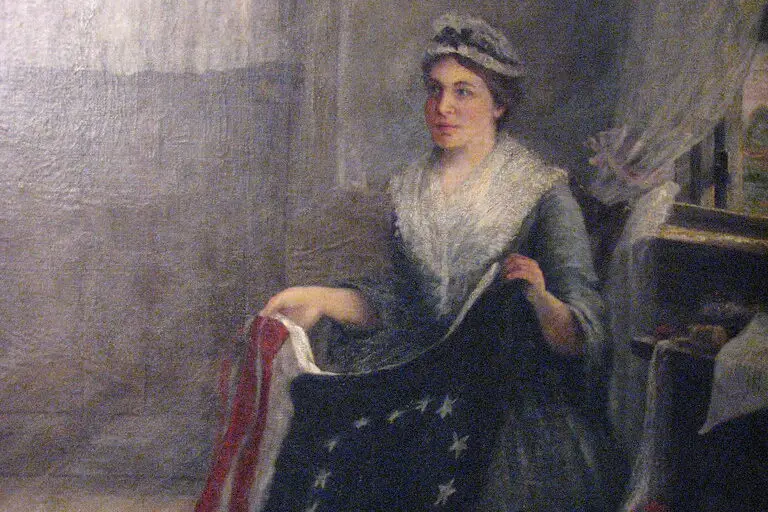
Betsy Ross is often credited with sewing the first American flag, and while she was indeed a flag maker, the full story is more complicated. There’s no definitive historical record proving she designed the original flag with the circle of 13 stars. That story came from her grandson almost 100 years later.
Other flag makers like Francis Hopkinson were more likely involved in designing early versions of the flag. Hopkinson even billed Congress for his work. Still, Betsy Ross remains an enduring symbol of American craftsmanship and spirit. Her story represents many women who contributed behind the scenes during the Revolutionary War.
6. Cherries and George Washington’s Honesty
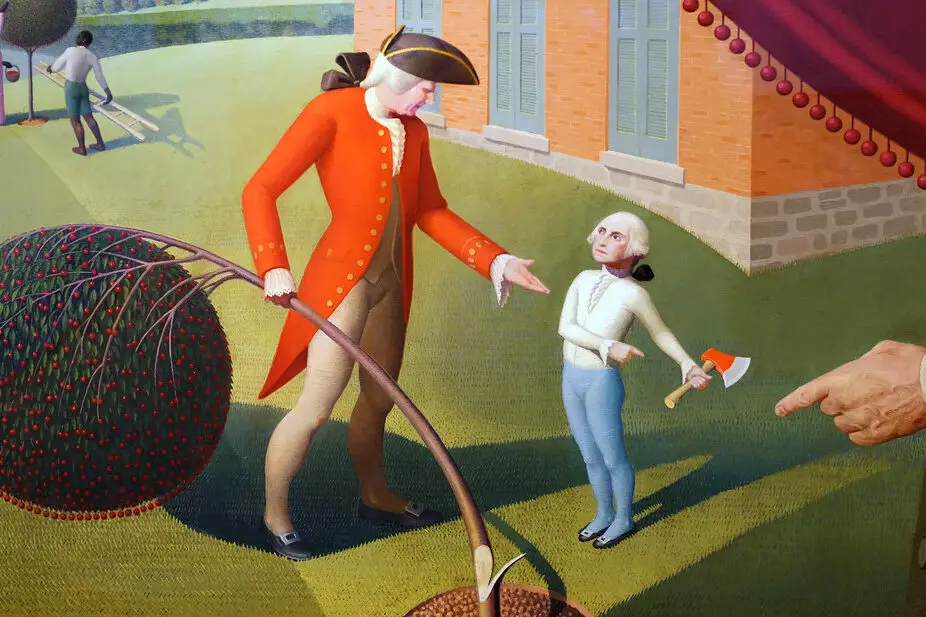
That famous story about young George Washington confessing to chopping down a cherry tree with the line “I cannot tell a lie” was completely made up. It was invented by a biographer named Mason Locke Weems who wanted to sell books and paint Washington as morally perfect. Spoiler alert, it worked.
People loved the idea of a child being so honest that he owned up to his misdeed. But there’s no record of this incident ever happening. It became part of early American myth-making, showing how even our heroes got a little polishing. Washington was impressive on his own, but he didn’t need cherry trees to prove it.
7. The Liberty Bell Rang on July 4, 1776
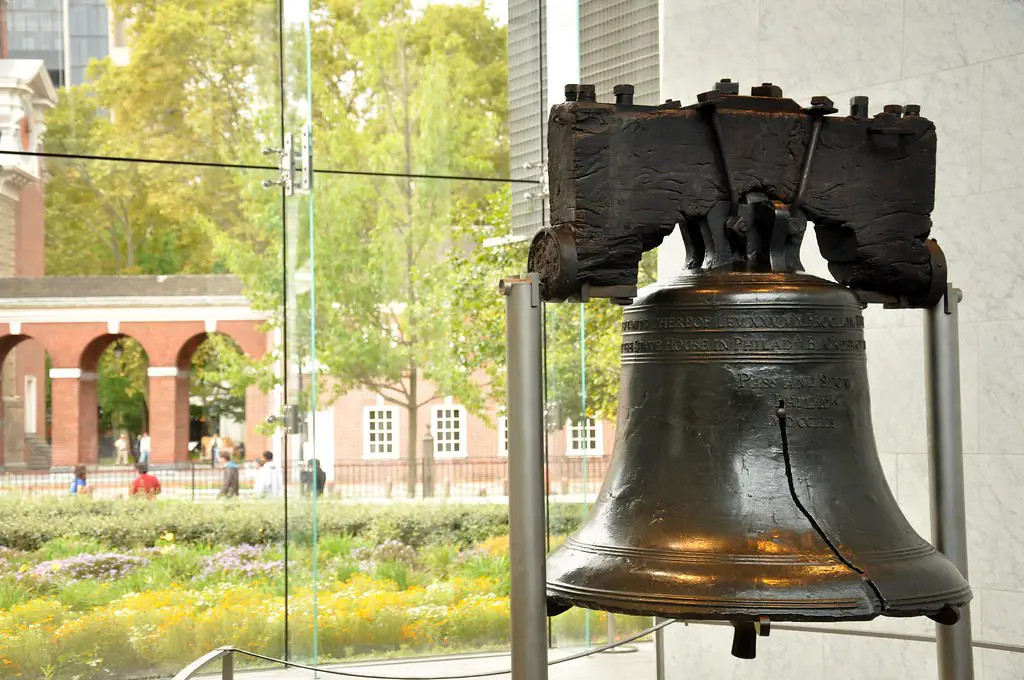
We picture the Liberty Bell ringing proudly as the Declaration of Independence was read, but that’s not quite how it happened. The bell wasn’t rung on July 4th to mark independence. In fact, there’s no solid evidence it rang at all that day.
Historians think it may have rung days later when the public reading happened in Philadelphia. The crack in the bell actually came much later, in the 1800s. The romantic version of the story just stuck around because it made people feel patriotic. Still, the Liberty Bell remains a beloved national symbol, whether it rang on that day or not.
8. The Alamo Was Only About Texas Independence
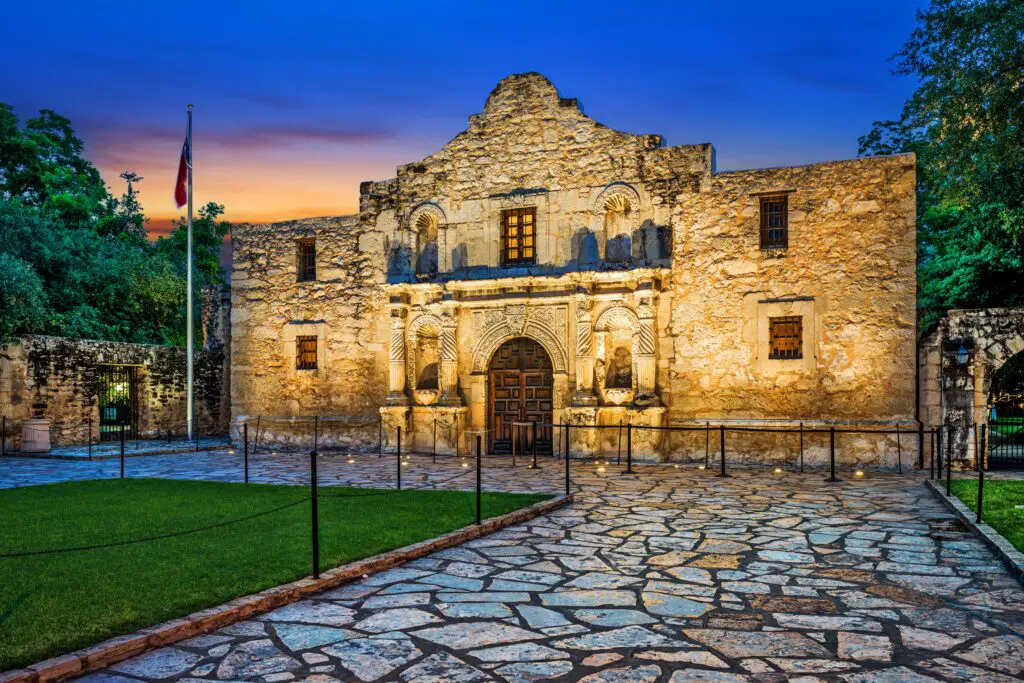
If you were taught that the Battle of the Alamo was a noble fight for freedom, that’s only part of the story. While the Texans were indeed fighting for independence from Mexico, many of them were also fighting to preserve the right to own slaves, which Mexico had outlawed. That part doesn’t usually make the school textbooks.
The defenders of the Alamo were a mix of settlers, adventurers, and fighters with varied motives. It’s important to honor their bravery while also acknowledging the fuller picture. History is rarely black and white, and the Alamo is a great example of that complexity. There’s value in understanding all sides of what was at stake.
9. Thanksgiving Was Always About Turkey and Gratitude

The Thanksgiving story most of us learned involved a harmonious feast between Pilgrims and Native Americans, but it was far more complicated. The 1621 event was real, but it wasn’t the cozy, peaceful dinner we often picture. It was a diplomatic meeting with a tense undertone, not a yearly tradition.
Turkey might not have even been on the menu. They likely ate deer, seafood, and corn. The modern idea of Thanksgiving as a national holiday didn’t take hold until the Civil War, when Abraham Lincoln promoted it to foster unity. So our cozy image of pumpkin pie and gratitude came much later.
10. Paul Revere Rode Alone
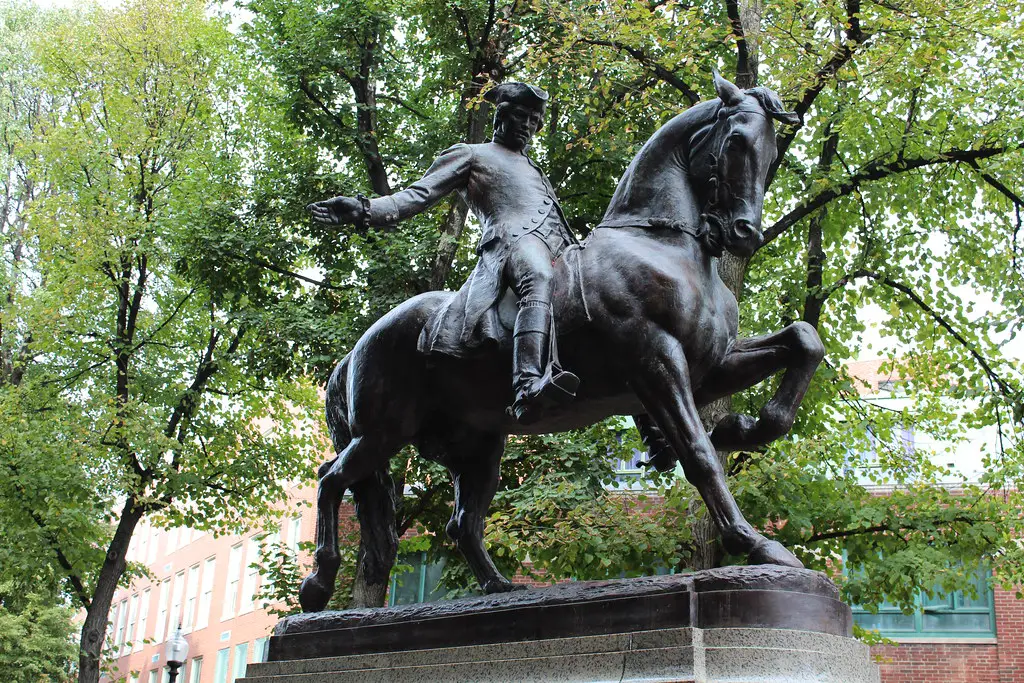
“Listen, my children, and you shall hear of the midnight ride of Paul Revere,” right? Well, Revere didn’t ride alone. Two other men, William Dawes and Samuel Prescott, were also spreading the alarm about the British troops. In fact, Prescott is the one who actually made it all the way to Concord.
Revere was captured by the British before he finished the ride. So while he played a key role, he wasn’t the lone hero we often imagine. Longfellow’s poem is what turned him into a household name. The truth is, there were many people working together that night.
11. Thomas Edison Invented the Light Bulb
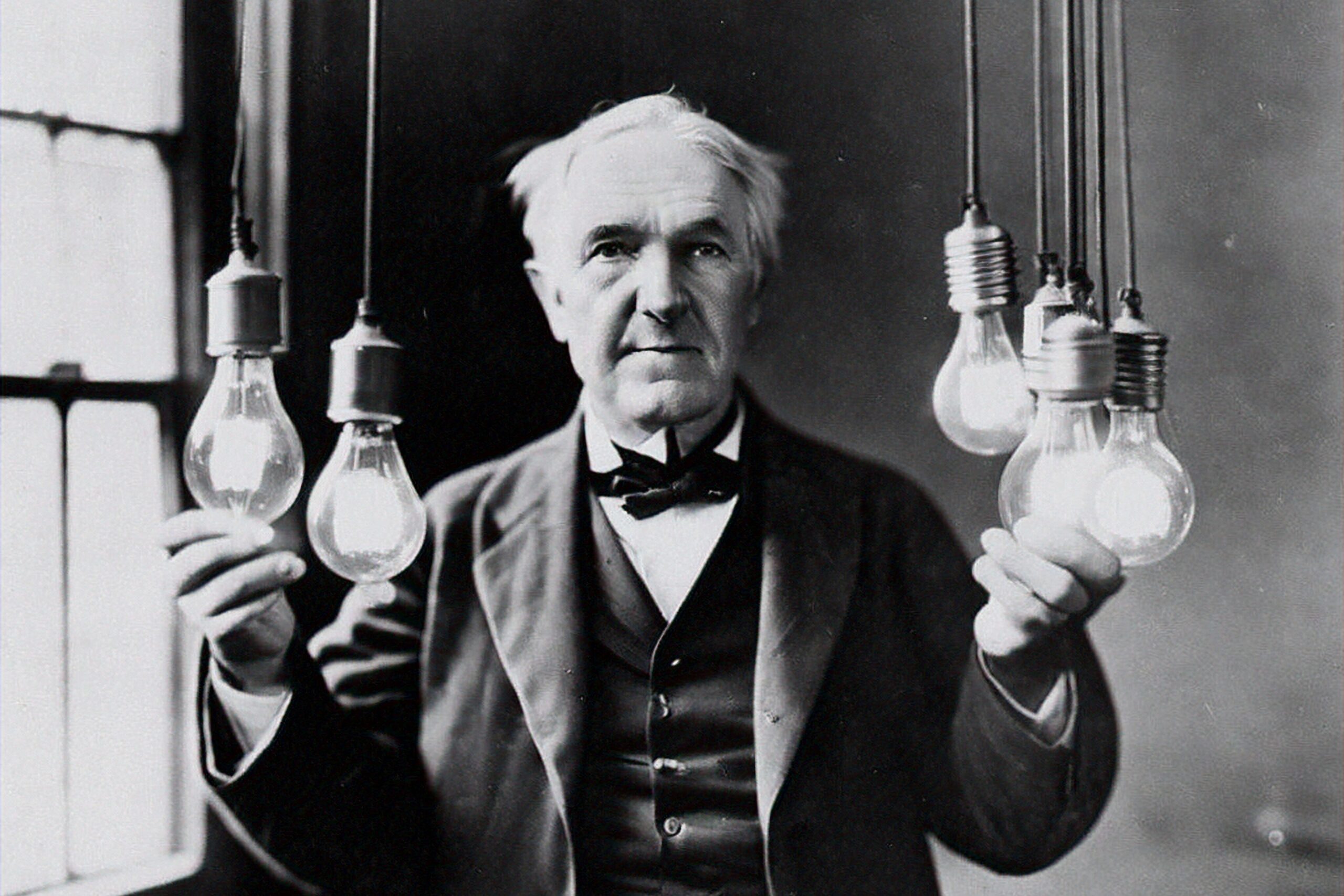
Thomas Edison is often called the inventor of the light bulb, but he didn’t come up with the idea on his own. Several inventors were working on electric light before Edison, including Humphry Davy and Joseph Swan. What Edison did was improve on existing designs and make the light bulb commercially viable.
He found a better filament and created a system that made electricity more usable in homes. That’s still an impressive feat, but it wasn’t a solo invention. Like many things in history, it was a team effort built over time. Edison was a great innovator, but not the lone genius often portrayed.
12. Abraham Lincoln Was Universally Loved
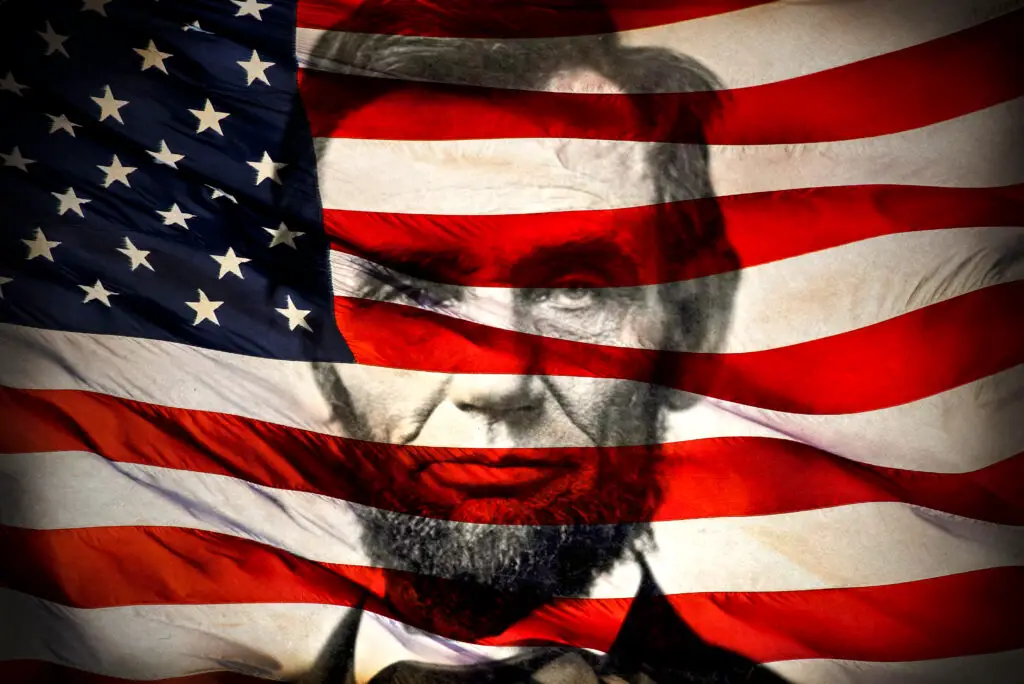
It’s tempting to think of Abraham Lincoln as universally adored, but during his presidency, he was incredibly divisive. Many Northerners thought he was too slow to act on slavery, while Southerners saw him as a threat to their way of life. His election even sparked secession.
Lincoln received just under 40% of the popular vote in 1860 and wasn’t even on the ballot in several Southern states. His Emancipation Proclamation was criticized from all sides. Over time, his reputation soared, especially after his assassination. But during his lifetime, he was a deeply polarizing figure.
13. America Was Always a Democracy
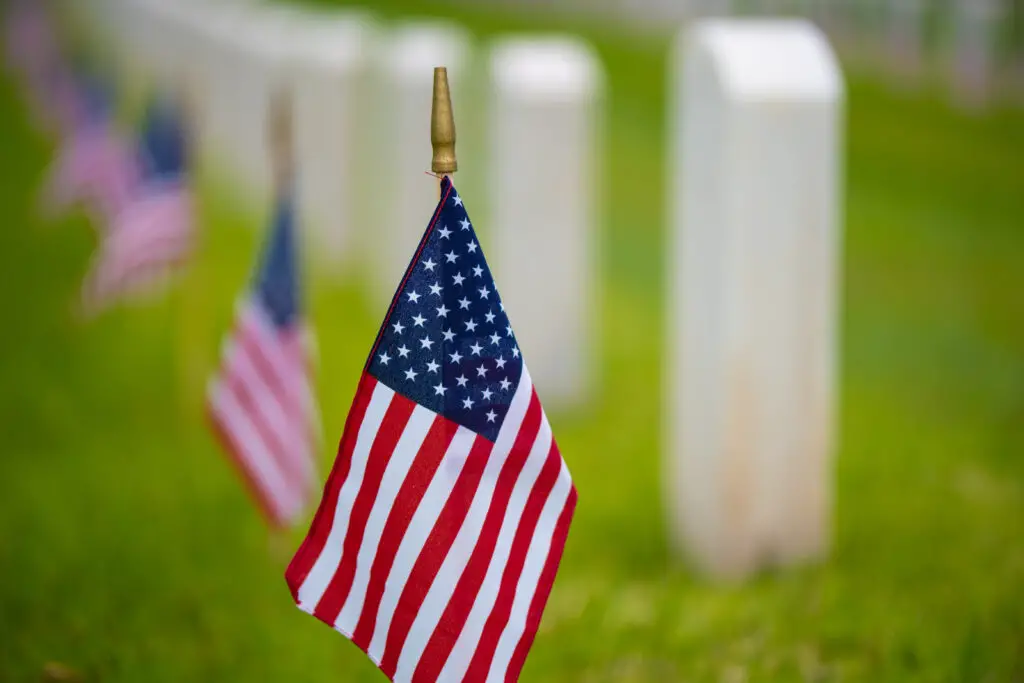
We love to say America has always been a democracy, but at its founding, it was more of a limited republic. Only white, land-owning men could vote, and even that varied by state. Women, enslaved people, and most non-white individuals had no say in government for decades.
The country slowly became more democratic through hard-fought battles. The Civil Rights Movement, women’s suffrage, and voting rights legislation all pushed things forward. It’s more accurate to say the U.S. has been evolving into a fuller democracy over time. The idea of “liberty and justice for all” took a long time to apply to everyone.
14. Einstein Failed Math
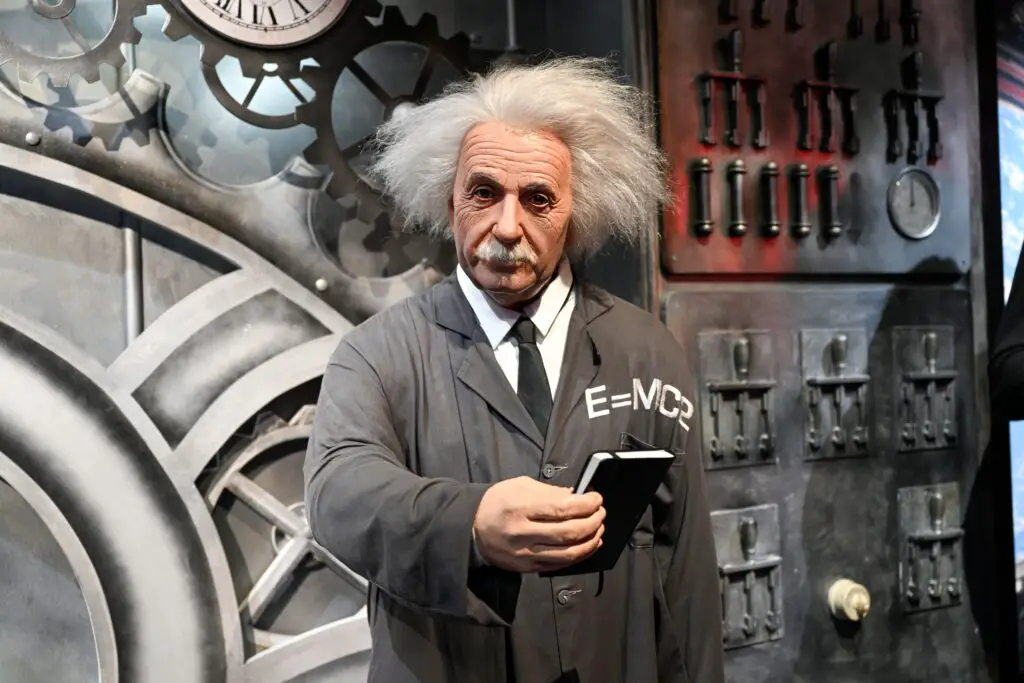
There’s this myth that Albert Einstein failed math as a child, supposedly proving that even geniuses struggle early on. But the truth is, he was actually excellent at math from a young age. He had mastered differential and integral calculus by age 15.
The confusion came from a misunderstanding of grading systems in Germany at the time. Someone looked at his report card and misread the marks. Einstein himself later joked about how the myth made its rounds. So while it’s comforting to think even Einstein had trouble with math, he really didn’t.
